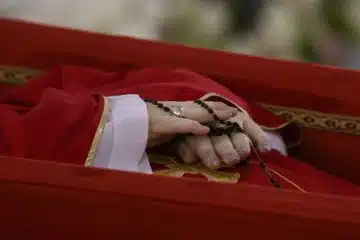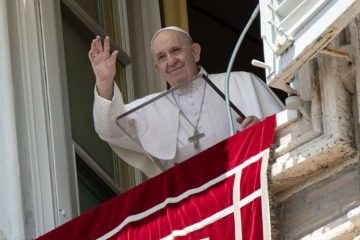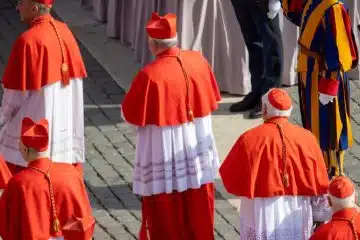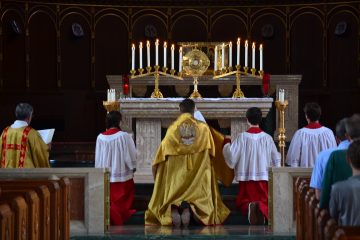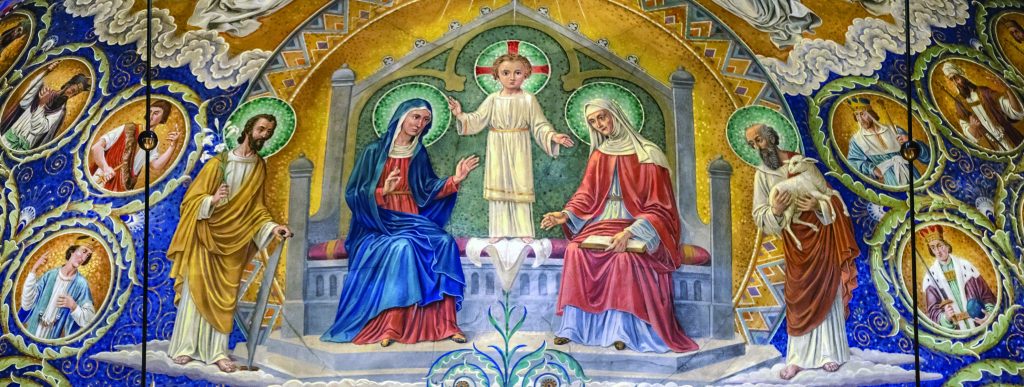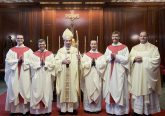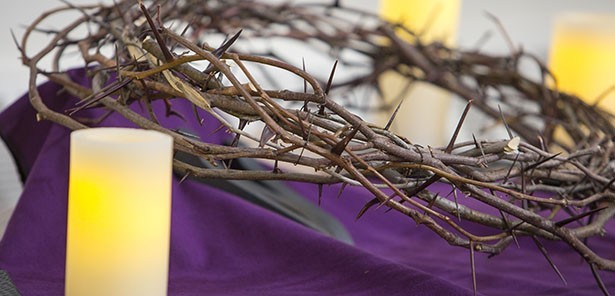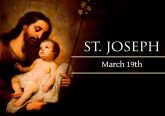A Question of Faith: Why are the Saints named in the Mass?
One of the Eucharistic Prayers has a long list of saint names. What is the history of this prayer and why does it name so many saints?
The Eucharistic Prayer with the lengthy list of saints is known as the First Eucharistic Prayer. Also called the Roman Canon because of its normative use in the Mass over the centuries, the prayer is perhaps the oldest continuously used Eucharistic Prayer in the Roman Church’s liturgy. It dates to at least the Fourth Century, though it likely existed even earlier.
AN ANCIENT PRAYER
According to tradition, the essential elements of a Eucharistic prayer date to the apostles, but the prayers in use by the Church today developed over time. The First Eucharistic Prayer is among the earliest and is quoted substantially by St. Ambrose in his text on the sacraments, De Sacramentis, written in the Fourth Century. This prayer continued to evolve over time, but there were no significant changes made after the time of Pope Gregory the Great in the early Seventh Century. The prayer’s text spread to England by the Seventh Century, to France by the Eighth Century and to Spain by the Eleventh Century.
The First Eucharistic Prayer became the only Eucharistic prayer of the Latin Church for centuries, until the liturgical reforms of the Second Vatican Council. Even today, the First Eucharistic Prayer enjoys a certain primacy in the Church. It is the longest of the four chief Eucharistic prayers and is often prayed on Sundays, feast days and solemnities.
TWO LITANIES
Each of the Eucharistic prayers asks for the intercession of the saints (at least Mary and Joseph by name), but the First Eucharistic Prayer is the only one to invoke a large number of saints. Twice during the prayer, a litany of saints is invoked. In the first litany, 26 saints are named, including each of the 12 apostles and several early popes. In the second litany, 15 saints are invoked: John the Baptist plus seven male and seven female saints, mostly martyrs of the early Church.
Many of the saints named are popes or bishops connected to Rome or the wider Roman Empire. However, the list is more diverse. Chrysogonus was likely a layman and catechist. Cosmas and Damian, two Arabian-born physicians, were blood brothers (maybe even twins). The list includes martyrs such as Perpetua and Felicity from North Africa. Perpetua was a married noblewoman, and Felicity was her slave (then pregnant).
WHY SAINTS?
We may ask why the saints are mentioned at all. The Eucharistic Prayers are directed to God the Father through Jesus Christ in the Holy Spirit. When the saints are called upon in the Eucharistic Prayer, we pray to God “in communion” with them. In the introduction to the second litany of saints, we ask for “some share and fellowship” with the apostles and martyrs. Their inclusion in the Eucharistic Prayer then reminds us of the teaching on the communion of saints: that whenever we pray, earth unites with heaven. The prayer of the Mass unites the divine, the saints and us in the one offering of Christ.
The inclusion of the saints in the First Eucharistic Prayer reminds us of our hope for fellowship with them in life eternal. The litany of saints, part of the development of the First Eucharistic Prayer through the Fourth Century, indicates that saintly intercession and the belief in the communion of saints was part of the earliest Christians’ belief and practice.
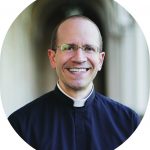 FATHER DAVID ENDRES is associate professor of Church history and historical theology at Mount St. Mary’s Seminary & School of Theology.
FATHER DAVID ENDRES is associate professor of Church history and historical theology at Mount St. Mary’s Seminary & School of Theology.
This article appeared in the July edition of The Catholic Telegraph Magazine. To receive your complimentary subscription, click here


